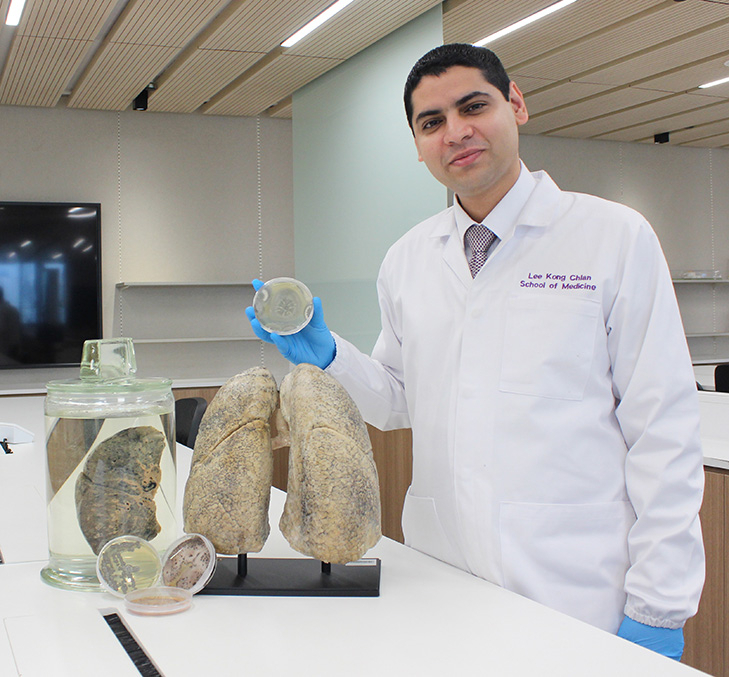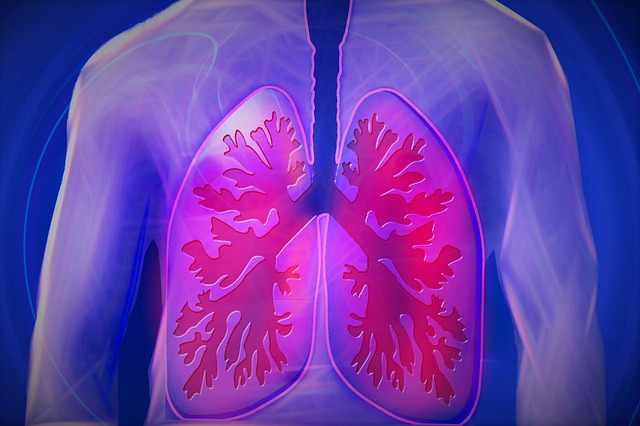
An international research team led by Nanyang Technological University (NTU) scientist, found that the chronic disease bronchiectasis patients often display sensitivity to airborne allergens, and has highlighted the particular role that fungi appear to play.
In a news release, NTU stated that as per the recent findings, the doctors should examine the patients with the lung disease bronchiectasis for a range of allergies. The discovery also showed the fact that since the treatment for allergies is available, by controlling it, doctors could prevent the bronchiectasis from worsening.
What is bronchiectasis?
It is a condition in which the lungs' airways become damaged, making it hard to clear mucus and it can be developed in the following conditions:
- Humoral immunodeficiency (low levels of infection-fighting proteins in the blood)
- Inflammatory bowel disease (Crohn's disease and ulcerative colitis)
- Rheumatologic diseases (rheumatoid arthritis and Sjögren's disease)
- Alpha1-antitrypsin deficiency (genetic cause of COPD in some people)
- Chronic obstructive pulmonary disease or COPD
- HIV infection
- Allergic bronchopulmonary aspergillosis (a type of allergic lung inflammation)
Major symptoms?
- Coughing up yellow or green mucus every day
- Shortness of breath that gets worse during exacerbations
- Feeling run-down or tired, especially during exacerbations
- Fevers and/or chills, usually developing during exacerbations
- Wheezing or a whistling sound while you breathe Coughing up blood or mucus mixed with blood, a condition called hemoptysis

The researchers assessed fungal infection in more than 200 bronchiectasis patients from Singapore, Malaysia and Scotland. Earlier researchers focused on the non-Asian population to conduct the same study, but this new research matched patients in Asia, mostly from Singapore and Malaysia, to patients in Europe, to be precise, in Scotland in terms of age, gender and the severity of bronchiectasis.
Asst Prof Chotirmall, NTU Provost's Chair in Molecular Medicine, said their findings show that the disease is often related to "allergic reactions to fungi and to the house dust mite. There are already existing treatments for these allergies, for example, steroids are commonly used to treat fungal allergy. Our finding is important for improving the quality of life of those with bronchiectasis, as currently there are no licensed treatments for it."
Assistant Professor Pamela McShane, who specialises in bronchiectasis research at the University of Chicago and who is not part of either study, said, "Dr Chotirmall's research presents a novel approach to elucidating bronchiectasis pathophysiology... The data adds additional dimensions to the traditionally accepted paradigm of acquisition of the disease by revealing allergic mechanisms as a pathway by which patients develop bronchiectasis. Furthermore, it has the potential to provide a basis for new therapies that may be effective in bronchiectasis management."
This study was published in the peer-reviewed medical journal American Journal of Respiratory and Critical Care Medicine on April 1. The 30-month research was funded by Transition Award, presented to Chotirmall in 2016 from the Singapore Ministry of Health's (MOH) National Medical Research Council.








